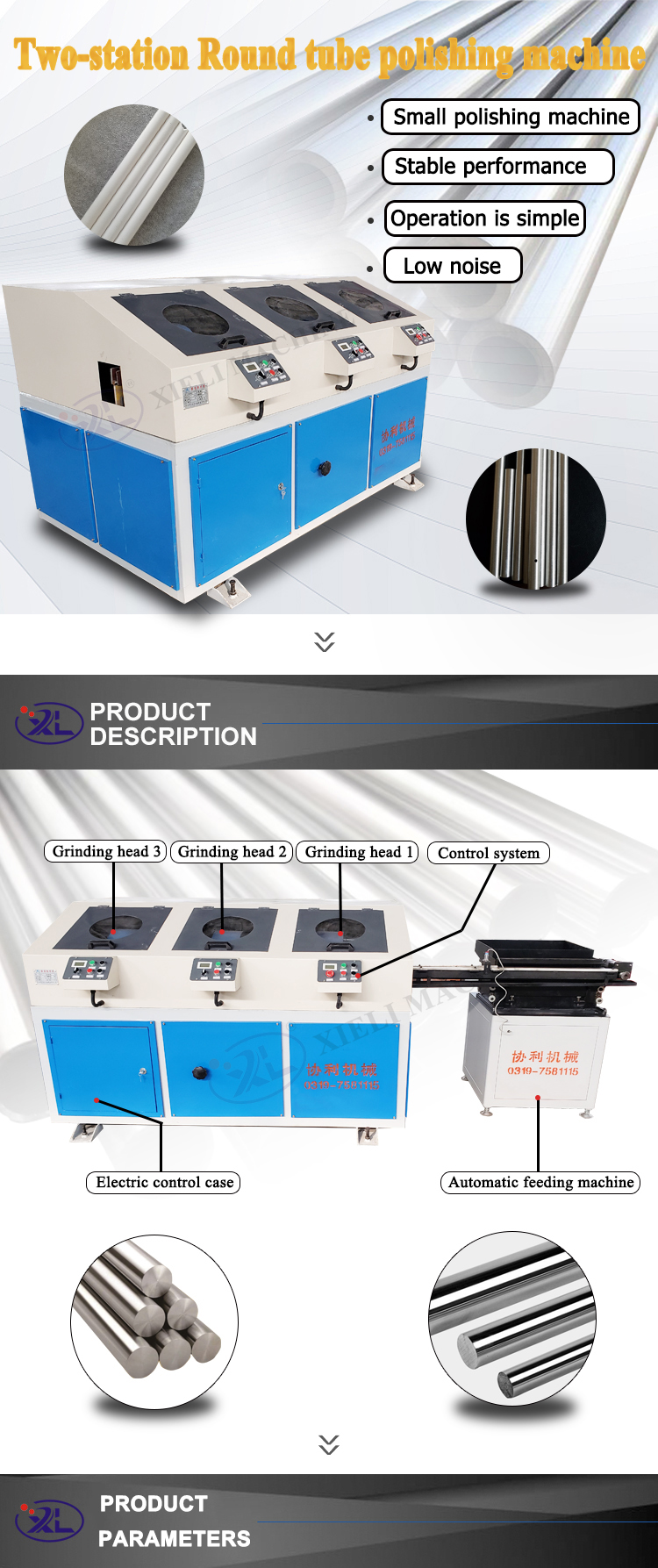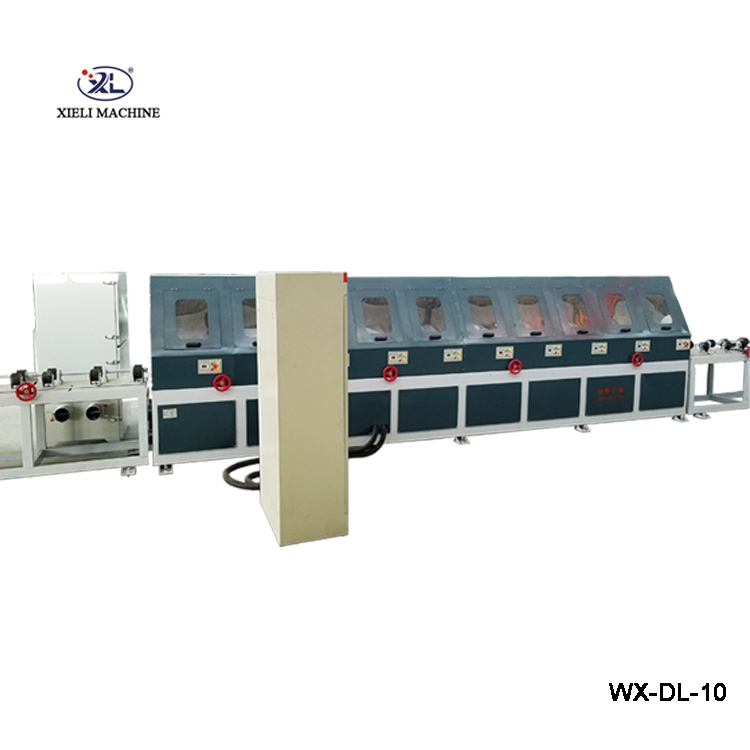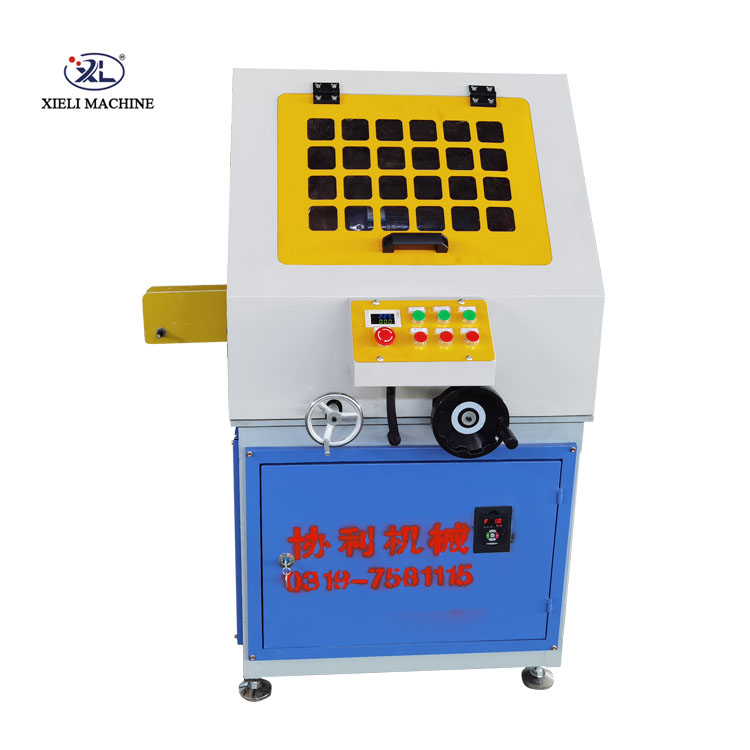The Evolution and Importance of Small Centerless Grinding Machines
In the modern industrial landscape, precision machining has become a cornerstone of production processes across various sectors. One critical process in this field is grinding, a method used to achieve fine dimensions and smooth finishes on workpieces. Among the diverse range of grinding machines, small centerless grinding machines have gained prominence due to their compact design and efficiency. This article explores the features, advantages, and applications of small centerless grinding machines in today's manufacturing environment.
Understanding Centerless Grinding
Centerless grinding is a process that involves the removal of material from a workpiece using a rotating grinding wheel. Unlike traditional grinding methods, where the workpiece is held between two centers, centerless grinding allows for the workpiece to be fed through the grinding machine without any need for additional fixtures. This setup significantly increases throughput and reduces the risk of operational errors.
Small centerless grinding machines are specifically designed for smaller parts, offering manufacturers the ability to produce high-precision components at an accelerated rate. The process typically involves the use of three key components the grinding wheel, the regulating wheel, and the work rest. The combination of these elements allows for effective grinding while maintaining tight tolerances on the dimension of the workpieces.
Advantages of Small Centerless Grinding Machines
1. Compact Design Small centerless grinding machines are built to occupy minimal floor space, making them ideal for workshops with limited room. Their compact nature does not compromise their performance, enabling them to handle repetitive tasks efficiently.
2. Increased Efficiency With the ability to process multiple workpieces simultaneously, these machines significantly reduce manufacturing times. Once set up, they can produce parts continuously, which enhances productivity and lowers labor costs.
3. High Precision These machines can achieve tolerances as tight as 0.0001 inches, which is critical in industries such as aerospace, automotive, and medical devices where precision is paramount. The consistency achieved through centerless grinding ensures uniformity in critical components.
4. Versatility Small centerless grinding machines can accommodate a variety of materials, including metals, plastics, and composites. This versatility makes them suitable for numerous applications, ranging from small-volume production runs to large-scale manufacturing.
small centerless grinding machine product

5. Minimal Setup Time Setting up small centerless grinders is generally quick and straightforward, which minimizes downtime during production. As a result, manufacturers can adapt to changing demands and produce different parts without extensive reconfiguration.
Applications of Small Centerless Grinding Machines
The applications of small centerless grinding machines are as varied as the industries that utilize them. Here are a few notable examples
1. Automotive Industry In automotive manufacturing, these machines are frequently used to grind rods, shafts, and valves, ensuring that components meet stringent quality standards for performance and safety.
2. Medical Devices The medical device sector requires extremely high precision for components like surgical instruments or implants. Small centerless grinding machines offer the accuracy and repeatability necessary for these critical applications.
3. Aerospace Components The aerospace industry relies on small centerless grinding machines to produce parts that must withstand extreme environments and pressures. Precision in grinding ensures reliability in critical flight systems.
4. Electronic Components Many electronic devices contain small, finely machined parts. Centerless grinding provides the smooth finishes and precise dimensions needed for connectors, pins, and other components.
5. Tool and Die Making Toolmakers benefit from the ability to rapidly create and refine tools and dies. Small centerless grinding machines offer the efficiency and precision required for these high-stakes tasks.
Conclusion
Small centerless grinding machines embody the advances in manufacturing technology that cater to the demands of modern industries. Their compact design, efficiency, and precision make them an invaluable tool in a variety of sectors. As manufacturers continue to seek solutions that enhance productivity while maintaining high quality, the role of small centerless grinding machines will undoubtedly continue to expand. Through innovation and adaptation, these machines stand poised to meet the challenges of an ever-evolving manufacturing landscape, shaping the future of precision grinding.





